The content of the article
Moss on the lawn is a problem that many gardeners face. It not only spoils the appearance of the lawn, but also destroys all the grass. Getting rid of it is quite difficult, but it is even more difficult to prevent the emergence of a new moss. Therefore, it is important not only to destroy the parasite plant, but also to carry out appropriate prophylaxis from time to time. To combat this plant, both chemical and organic agents are used.
Why does moss appear
Moss is a perennial plant that has no roots or flowers. It is spread by spores ripening in the so-called box. But for its appearance certain favorable conditions are necessary. The main reason for the appearance of moss is the acidity of the soil and its increased moisture. Because of this, grass dies, thus freeing up space for moss.
Therefore, before you start a fight with moss, you must:
- find out what affected the lawn grass;
- check if the area with the lawn is too dark;
- determine the level of acidity and soil moisture;
- Stop mowing the grass too short.
To find out the exact cause of the appearance of moss, you should pay attention to the plant itself, its color, etc. This is necessary to choose the method of its destruction. For example, if the lawn does not get enough moisture or acidity in the soil, then the moss will be a bright green color. The bottom layer will turn brown. If the lawn grass is deficient in sunlight, the moss will certainly spread along the ground. If the grass is cut too short, then the moss will grow for generations, rapidly growing and absorbing grass.
Moss Damage
Moss destroys the grass almost immediately after its appearance. Over time, this parasite plant begins to inhibit the growth of grass, blocking its access to air. In addition, it absorbs all nutrients and moisture from the soil. This leads to the rapid death of lawn grass and the spread of moss.
Ways to get rid
There are several methods to combat moss, and all of them involve physical or chemical effects on the plant. This is natural, because it must be completely destroyed, otherwise the lawn grass will die. The physical removal of moss is the removal of moss through scarification. To do this, it is best to use a rake.
On a small lawn, you can rake the moss by hand, carefully removing moss and other organic materials. On a large lawn, manually mossing can take a very long time. Therefore, it is better to use a special blade for a lawn mower for these purposes. In this case, the teeth of the blade should only slightly touch the soil, otherwise grass can be damaged. It is imperative to treat the lawn in this way before applying chemical agents to destroy the moss.
All moss removal chemicals are available in the form of solutions and in the form of granules or powder. With liquid herbicides, the lawn is treated with a watering can or sprayer. They are used to destroy plants in small areas. For the application of herbicides in powder or granules, they are mixed with any fertilizer and sprinkled with grass. Then after 1-2 days the lawn is watered. Mowing grass for several days is not recommended. Also, this method cannot be applied to grass that grows less than 2 years.
One effective means to kill a parasite is a glyphosate-based herbicide. This substance is absorbed by plants and transferred to the soil.Glyphosate has a good effect on moss, but it is necessary to use it if, apart from moss and grass, nothing else grows on the lawn. Before use, it is important to read the instructions.
A sulfate-based herbicide may be used for these purposes. They are not so popular but, nevertheless, effectively destroy moss. It is best to use products based on iron, copper or ammonium sulfate. The composition is diluted in a proportion of 90 ml of the herbicide to 20 liters of water. This amount will be enough to treat a lawn with an area of 300 square meters. m
Often, soap is used as a universal remedy in the fight against moss on the lawn. This chemical solution is used infrequently, as it does not give a lasting effect. However, it can be used to destroy small areas of a plant. It is best to use this soap during a drought.
With high soil acidity, it is necessary to carry out the so-called liming. In this case, it is better to take lime immediately on the basis of calcium in order to achieve a quick result. It is necessary to use this tool if the hydrogen indicator of the soil does not reach the figure 6. When this indicator is above 7, it means that it is an alkaline medium, not an acid one. In general, the norm for lawn soil is from 6 to 7.
The procedure is as follows. Lime must be thoroughly mixed with sand and scattered on top of the affected areas. All this is done exclusively in dry weather, in autumn or winter. But often you do not need to use this method, since excess lime can cause irreparable harm to the grass.
Moss Prevention
Having got rid of moss once, everything must be done so that it no longer grows. There are many ways to do this:
- Lawn leveling. After the moss would be removed, care should be taken to eliminate the causes that provoked its appearance. First, the lawn must be leveled by tilling or mulching to prevent the accumulation of water.
- Adding new grass. It must be sown on empty areas left after the destruction of moss. It is possible to sow bluegrass, polevole or fescue.
- Top dressing. It is necessary if the lawn grass is weakened. Fertilizers must contain nitrogen. The procedure is best carried out in the winter, when there is still snow on the grass. There are also special fertilizers for lawn grass containing iron sulfate and nitrogen. They are created not only for feeding, but also to combat moss.
- The increase in the amount of sunlight. This is also one of the methods of dealing with dark areas. Therefore, it is necessary to try to clear the territory of the infield. Other plants and bushes should not be planted too densely, firewood or brick should be moved to another place, and it is better not to erect new buildings near the lawn.
- Aeration. If you do not care for the lawn properly, over time the grass will grow so densely that it will block the access of air and moisture. In this area, moss is guaranteed to appear. To prevent this, it is necessary to conduct aeration. It can be done using a special machine that digs up small patches of land. This can be done manually, for example, using a pitchfork or rake. Aeration helps bring down the crust on the ground and provide the soil with essential nutrients. The procedure should be carried out before or after the growing season.
- Control watering grass. Excessive moisture leads to the emergence and rapid spread of moss. Experienced gardeners do not recommend watering the lawn at night, as well as in early spring and autumn. At this time, moss grows especially fast. If the soil itself is too wet, it must be dried using aeration or a special drainage system. But you need to water the grass, otherwise it will weaken and die.
- Prevention of damage to lawn grass. Any excessive exposure to the lawn will quickly weaken the grass. Therefore, you should not allow damage to the lawn due to games, cycling, etc.It is also important to ensure that insects do not harm it. Most often, the grass suffers from the invasion of long mosquitoes. They need to be fought, otherwise a beautiful lawn will not work.
Fighting moss requires constant attention and some effort. If the cause of the moss infection of the lawn has been identified correctly, using these methods you can achieve the complete destruction of the parasite plant. It takes about a few weeks. As soon as it turns black and dry, it should be neatly raked, and new grass should be sown in these areas. After this, it remains only to apply preventive measures and then the moss will not start on it.
Video: how to restore the lawn after winter


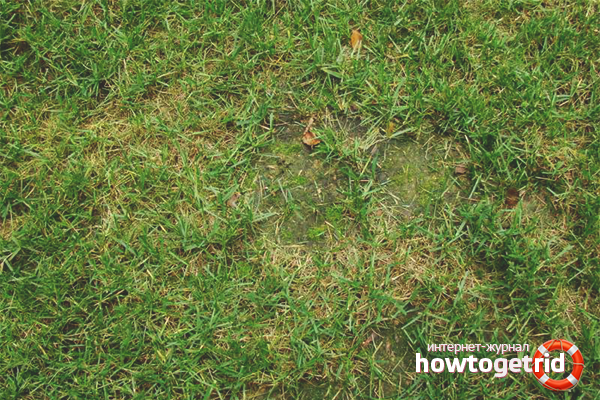

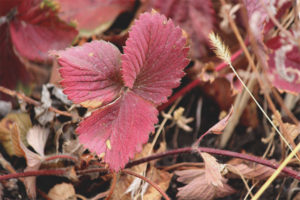
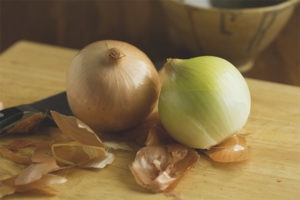

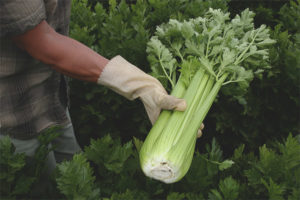
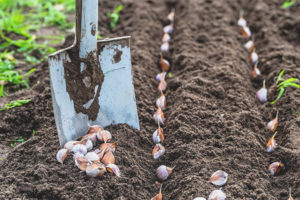
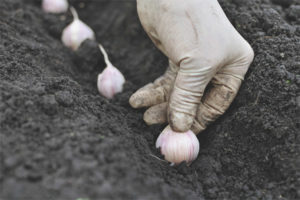
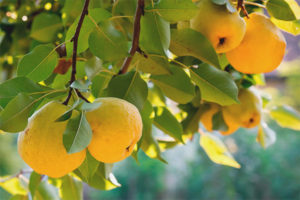
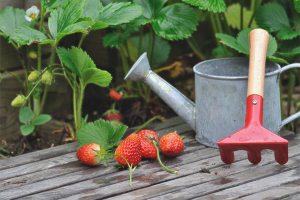
Submit